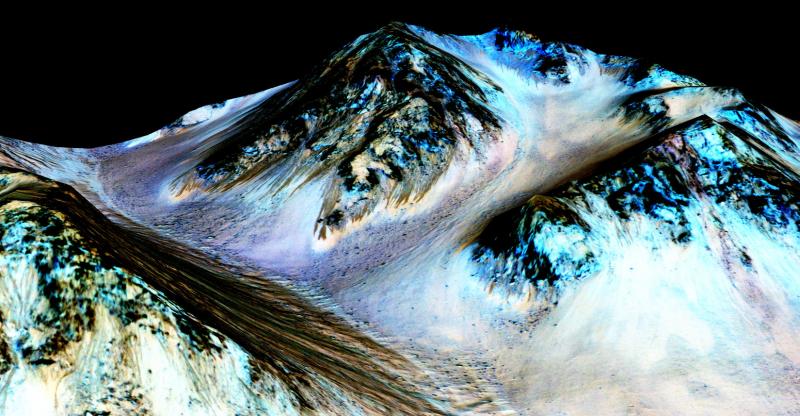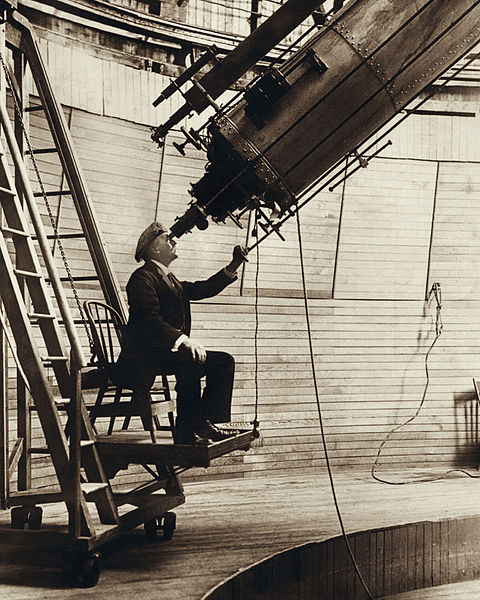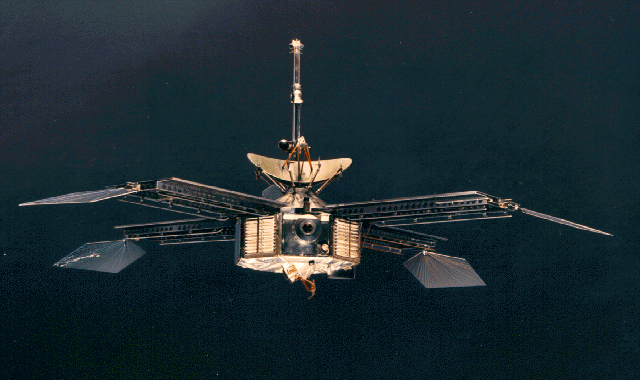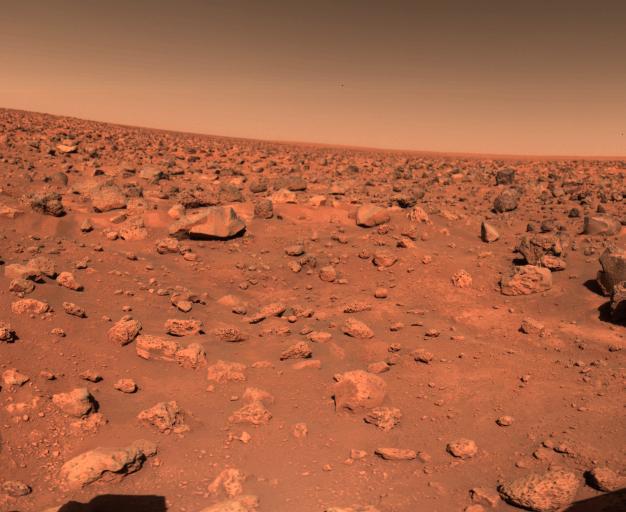2015 September 30
Blues for the Red Planet

Early Mars Explorers
There was a time, when an announcement by scientists about liquid water running on the surface of Mars would not have been regarded as news. I am speaking of course in those heady days of the late 19th century. This was a time when hard won astronomical knowledge was determined by what you could see through the eyepiece of a large refractor.
Giovanni Schiaparelli had been studying Mars with the 8-inch refractor in Milan, and during the great opposition of 1877 he recorded long, linear features crossing the surface of the planet. Schiaparelli made a map of them and he named these features canili which when translated became canals – a word which implies artificial construction, rather than a natural water course like a river.
The discovery generated much interested in Mars and a sort of ‘Mars Mania’ grabbed many astronomers of the day. One man more than any other however, became obsessed with the red planet, and devoted his life to studying it. He communicated loudly and frequently in books and popular lectures about his beliefs that Mars was populated by a dying race.

When Mars is close to us, even a modest telescope will show the polar ice caps which wax and wane with the Martian seasons. Lowell went further: he believed that he could see more lines than Schiaparelli, criss-crossing the planet. He believed these features were canals built by an advanced race of Martians, desperately trying to conserve what water they had by channelling it from the polar caps to the deserts along the equator.
Over time, as new techniques like spectroscopy came to the fore, it was realised that Mars was an arid planet, with a thin atmosphere far too tenuous to support life on the barren surface. Although a few romantic astronomers clung to Lowell’s ideas, most accepted the idea that Mars was fairly barren. Some argued that Mars may at least support plant life, but nothing more sophisticated than moss or lichen was likely to live there.
Rise of the Machines
By the end of the 1960s, the first robotic explorers were on their way to Mars. Although primitive by today’s standards, the Mariner spacecraft were armed with cameras that were uninhibited by the dense atmosphere of Earth. On 1965 July 14-15, Mariner 4 made history and became the first spacecraft to flyby the planet Mars. Mariner 4 pointed its camera and photographed various parts of the surface, and the astronomers on Earth eagerly awaited their return.

Although Mars initially looked as dead as the Moon, other spacecraft began to reveal a treasure trove of geological wonders. Mariner 9 became the first spacecraft to orbit the planet on 1971 November 14. When it arrived, a powerful dust storm was raging, and astronomers had to wait many months for the dust to settle. The first thing to poke out of the clouds was Olympus Mons, the largest volcano in the solar system.

Did the ancient waters of Mars produce life as the oceans of Earth have done? Moreover, was there any water left on Mars now? The search for life on Mars would be dominated by these questions, but we would have to wait for the 21st century before any answers were forthcoming.
The Waters of Mars
As the first decade of the 21st century rolled by, Mars was visited by many of our robotic emissaries. By 2006 the Mars Reconnaissance Orbiter (MRO) had imaged the surface in detail and rovers like Spirit, Opportunity and Curiosity crawled along the surface and dug into the soil. Haematite was discovered and further evidence of Mars’ watery past emerged. There were tantalizing hints that water may still be present.

On 2015 September 8, NASA made a grand announcement: liquid water had been discovered on Mars. As the linear features formed over the Martian summer, the MRO used an infra-red spectrometer to analyse light coming from the linear features. Various chlorates and perchlorates were discovered in these channels, all of which contain water molecules. It seems that the briny water comes up through the Martian soil leaving the hydrated salts behind- this is the cause of the linear features observed and why they appear to change.
At the time of writing no one knows what the source of this water is. Could it be that there are large aquifers underneath the surface of Mars? If so, it is possible that they may also contain primitive life forms, the biological relics of an era when Mars was warm and wet. Our chances of finding life on Mars may have greatly increased, and we shall now have to tread carefully to make sure we don’t contaminate it. The case for humans to visit Mars has become ever more urgent, and if water is present in large quantities, the red planet will no doubt, provide an important and accessible cosmological stepping stone for humans out towards the stars.
Perhaps the Mars of the 19th century and the Mars of the 21st have a little more in common. Although there no artificial canals transporting water to parched Martian cities, we do now know that there are times when water flows along the ancient gullies and channels.
Mars returns to our evening skies later this year, and we can observe the changing of the Martian seasons for ourselves. We can now look at it afresh, knowing that there is liquid water is sometimes present on its dusty surface and perhaps we should take the time to remember the old telescopic observers who first postulated about the existence of the waters of Mars.
| The British Astronomical Association supports amateur astronomers around the UK and the rest of the world. Find out more about the BAA or join us. |
